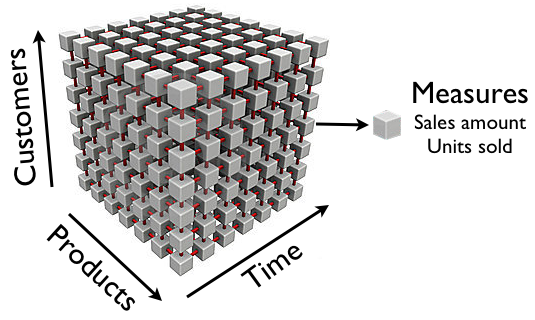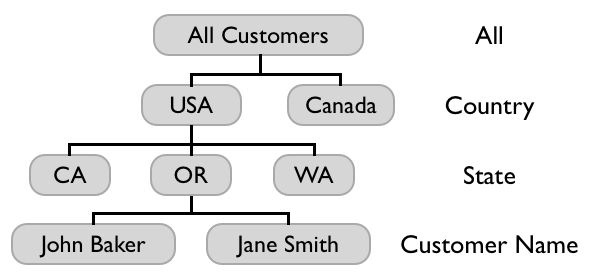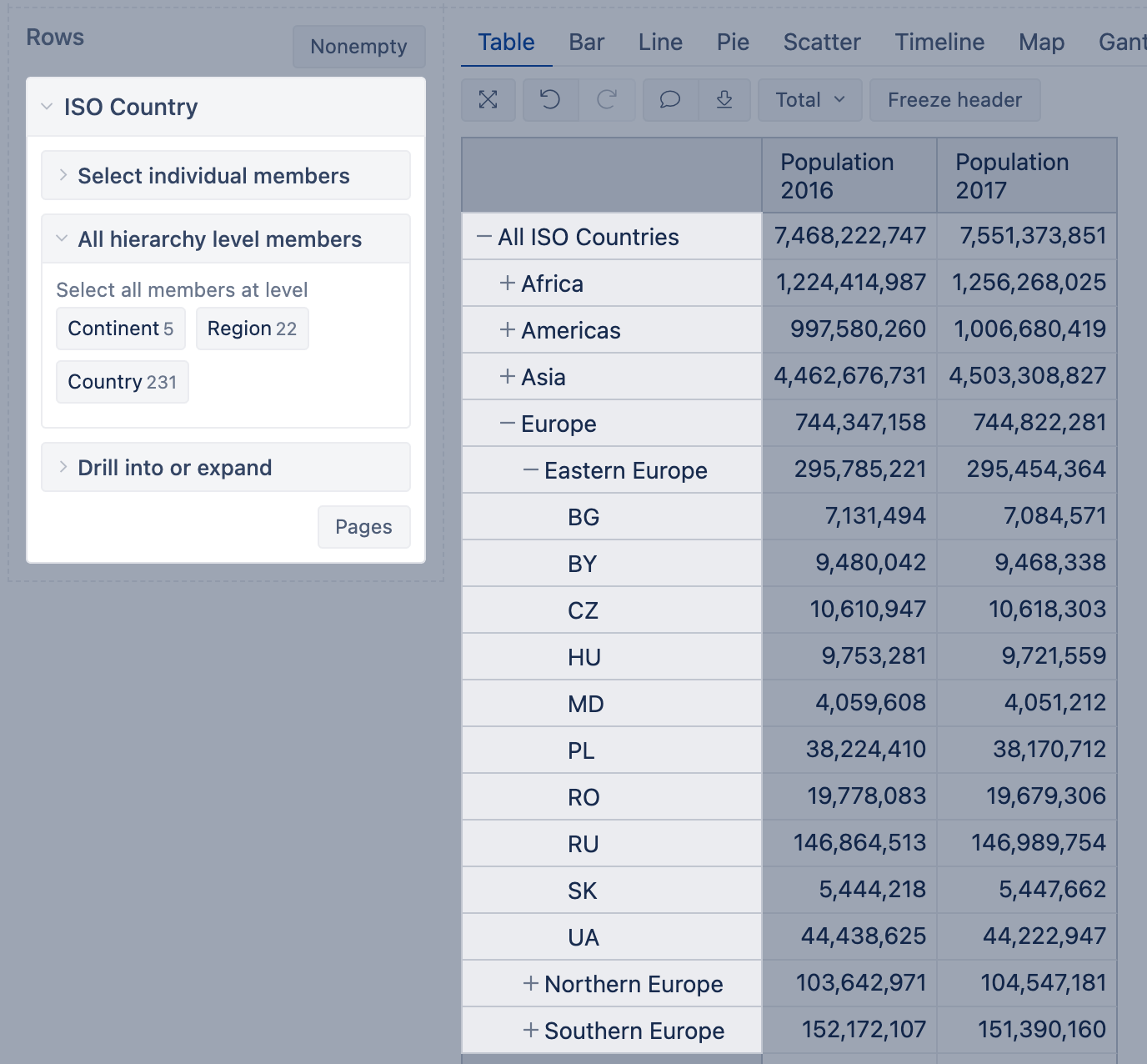Main concepts
Account
When you sign up for flex.bi then the new trial account will be created for you.
One flex.bi account contains a set of data which can be analyzed by one or many account users. In any given time, you can work with one selected current account (you will see the current account on top right header menu). You can select current account either from Home tab or from account selection drop-down in the top right header menu.
Account users
The user who creates a flex.bi account is Owner of the account. The owner has all rights for this account and also can add additional users to account.
Read more about adding additional account users to your account.
Source Data
After creating a new account you need to import data which you want to analyze. There are two ways how to import data - either upload source data files or import data from source application for which flex.bi data import is defined.
Source Files
Currently import from Excel and CSV format files are supported (other formats will be supported later, please write feedback if you want the support of some specific format). After upload of the source data file, you need to define a mapping from source file columns to cube dimensions and measures (see Cubes, Dimensions, and Measures below).
Source Applications
Import from source applications provides a faster way for data import and start of data analysis. For each source application, data will be uploaded into the pre-defined cube structure and default analysis reports will be created. After the initial upload, regular new data import will be scheduled automatically (for paid subscription plans).
See available source applications that flex.bi is integrated with.
Cubes
Imported data are stored in multi-dimensional data cubes. Cubes contain fact data that are divided by dimensions and each detailed fact “cell” contains measure values about that fact.
This is an example of a Sales cube that has Customers, Products and Time dimensions and has measures Sales amount and Units sold. Each detailed cube “cell” contains sales amount and units sold for a particular product, customer and time period:
It is easy to illustrate cube with three dimensions but you can have as many dimensions and as many measures as you need in one data cube.
All measures in the same cube share the same dimensions. If in one account you want to store different types of measures that do not share the same dimensions then you can create several different cubes.
Dimensions
Typical cube dimensions are Time, Customers, Products, Locations, Employees, Projects etc. Use dimensions that are best suited to your business domain.
Each dimension can have either just a detailed level of all dimension members or you can define hierarchy with several levels. For example, Customers dimension could have Country, State and Customer Name levels.
All measures are automatically aggregated (typically as the sum of detailed level values) in upper hierarchy levels. E.g. looking at Sales amount measure at a Country level will give a total sales amount for this country.
Typically each dimension has All level with one All member which aggregates all dimension members.
When you upload source file with date (or date & time) column then automatically time hierarchy will be constructed for the corresponding dimension. Time hierarchy will have Year, Quarter, Month and Day levels which can be used to get totals of measures at selected time period level.
Members
Any item in a dimension is a member of that dimension. Each dimension also has a default member, called All Members, that includes all dimension members (its children).
For example, in an ISO Country dimension, each country is a member and each continent (a group of some countries) is a member, and All Countries (a group of all dimension members) is a member of ISO Country dimension.
When expanded each row represents a member of the dimension used in rows
Measures
Measures typically are integer or decimal values that can be accessed either at detailed dimension member level or can be aggregated at higher dimension levels. Typical measure examples could be Sales amount, Units sold, Cost amount, Transactions count etc.
Properties
Dimension members have properties. The role of a property is to hold information about a particular member. The property could be anything that describes member details. For example, a User dimension member can be a person (user) and the property of each user can be an address (string), age (number), date of birth (date). In reports, properties are displayed only at a particular user level.
Calculated members and measures
Sometimes you want to calculate new measures from other existing cube measures - these are called calculated measures. For example, you could define Profit calculated measure as Sales amount measure minus Cost amount measure. And then you could also define Margin % calculated measure as Profit measure divided by Sales amount measure (and display the result as a percentage).
You can also define calculated members in other dimensions. For example, you could define in Customers dimension new calculated memberNorth America as the sum of USA and Canada members. Calculated member is also a member of the dimension.
Calculated member formulas are defined using MDX language. Basic arithmetic formulas can be created very easily but by learning other MDX functions you will be able to create any calculated members you need. Read more about creating calculated members.
MDX
MDX is a Multi-Dimensional eXpressions query language that allows you to query data cube and add business logic to the cubes. You can define new calculated measures and members, sets, or get member properties using MDX.
Analyze data and create reports
After importing data from source files or source applications you can go to Analyze tab and start to explore data in the created cube. You can start creating table reports by dragging needed dimensions to columns, rows, and pages and exploring your data at different dimension levels. After selecting the needed data in table report you can switch to different chart reports to explore your data in a more visual way.
When you have created a report layout that you want to use frequently you can save this report with a given name. When later you will open saved report then you will get the latest results from data cube using saved report layout. Learn more about Analyze tab in Create reports and Create charts tutorial pages.


